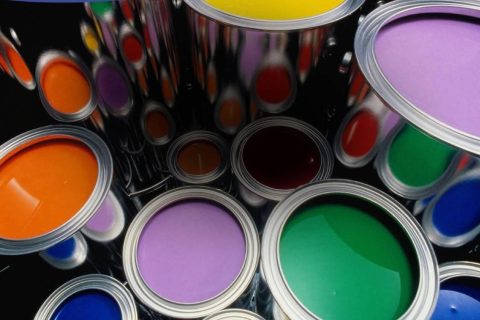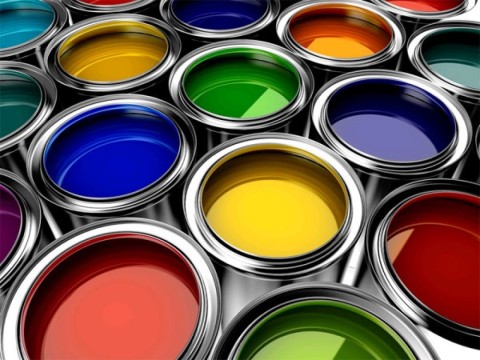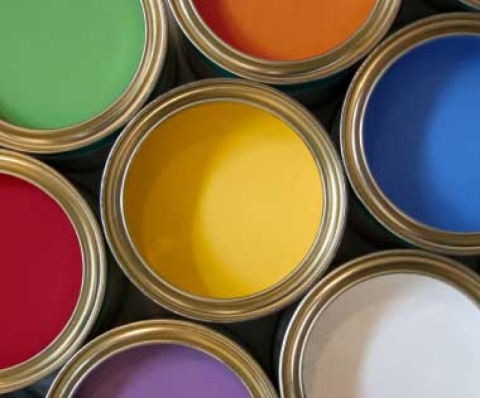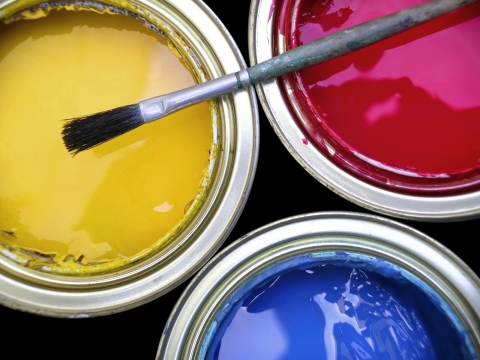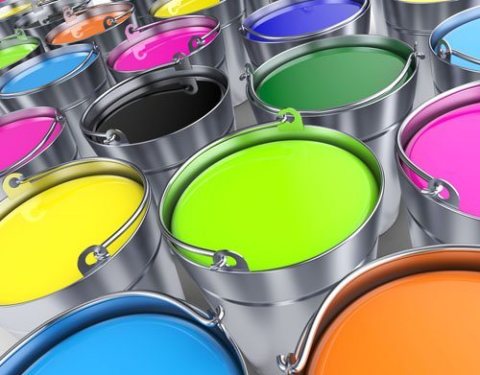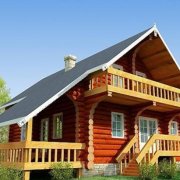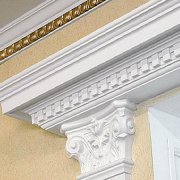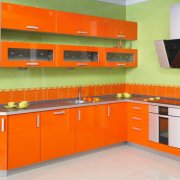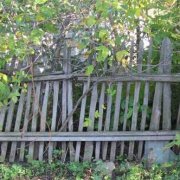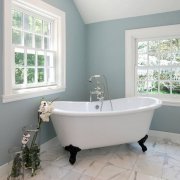Facade paint for outdoor brick work and how to choose it correctly
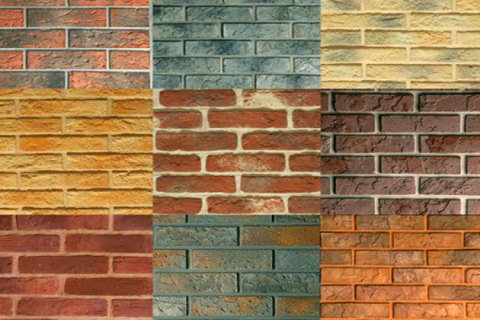
The simplest and easiest way to decorate the facade is painting. Unlike mounted systems, you don’t even need the help of specialists here, and this is a significant saving of money.
The advantages of this finish can be discussed for a long time, but it is much more important to deal with materials, because paint for outdoor brick work is a very generalized concept, which includes dozens of different options. And in this article we will conduct a short review and comparison of several of the most popular types of paints, and try to figure out by what principle they differ from each other.
The content of the article
What to start with when choosing paint
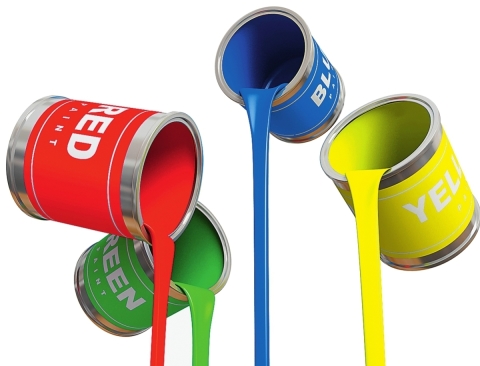
Before you paint a brick house outside, you need to consider a number of factors, including climatic conditions in a particular region, proximity to roads, and even how often you are ready to wash the facade of your house.
Each of the paints described below has its own characteristics and characteristics, but regardless of which one will be selected, there is a set of basic functions that you must pay attention to before you buy.
So, let's figure out what basic qualities a facade paint should have:
- Moisture resistant. The facade is exposed to precipitation all year round, and besides, it needs to be washed from time to time, and the paint should be as resistant to water as possible and not washed off by it.
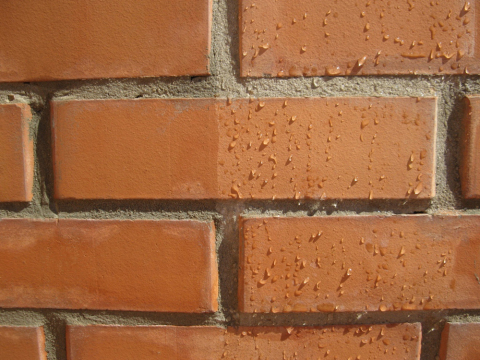
- Vapor permeability. Moisture is the main enemy of all building and finishing materials, and condensate always forms on the surface of the facade. This is due to the difference in temperature outside and inside the house, so it is important that the paint does not contain this moisture, and allows it to completely evaporate.
- Resistance to sunlight. For the northern regions, this aspect is not so important, since there is no such scorching sun as in the south, where far from every paint is able to cope with ultraviolet light.
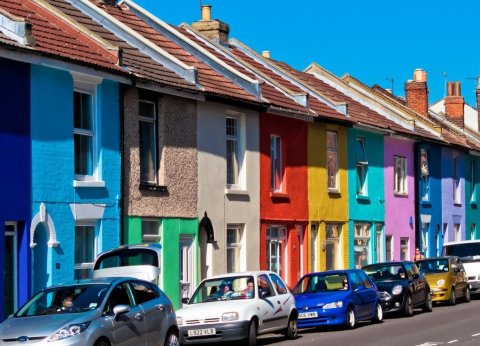
- Durability. Painting the facade is expensive, even if you choose the cheapest paint, so it is important that the coating lasts as long as possible and does not require regular refurbishment.
- Solvent resistant. On the facade, severe pollution is not ruled out, which cannot be removed with plain water, and you will have to resort to chemicals. It is important that the paint tolerates such effects with dignity, and at the same time does not lose its external data.
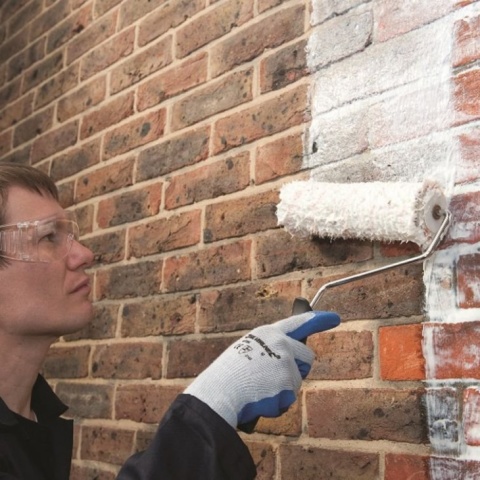
- External qualities. An equally important argument, especially if painting is done, is more with decorative purposes than with protective ones. Unfortunately, not all paints boast a wide color variety.
- Resistance to mechanical damage. Any facade will sooner or later undergo random impact, and it is important that the paint withstands this as best as possible. Of course, you cannot create universal paint armor, but some types are very difficult to damage.
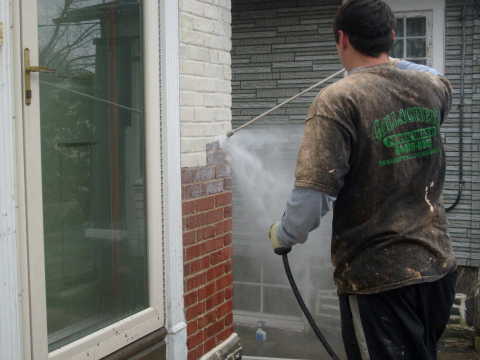
It is equally important to consider the ease of application, especially if you decide to paint yourself. The instruction for applying certain types of paints involves the use of special equipment, which is not advisable to buy for one application, and the video in this article, which we strongly recommend that you watch, will answer more on this question how to apply different types of paints.
Types of paints
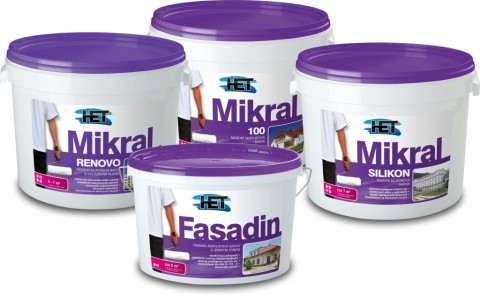
All paints differ from each other in the main binder component, and all qualitative characteristics depend on it.
It is conditionally possible to divide various types into two categories:
- Natural dyes.
- Synthetic dyes.
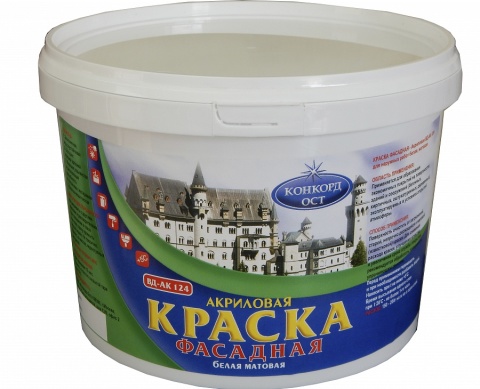
Natural dyes, as a rule, have a water base, therefore they are considered environmentally friendly and safe for health. In addition, they do not have an unpleasant odor, unlike synthetic dyes, the basis of which are chemical solvents, which emit an unpleasant odor during operation.
Important! Never work with chemical dyes without personal protective equipment. Contact with paint on the mucous membrane can cause irritation and a number of other unpleasant consequences. Rinsing with water will help a little here, so you have to immediately consult a doctor.
Water based paints
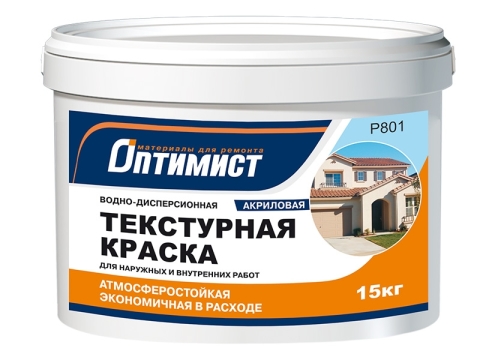
There is a misconception that such paints are short-lived and do not tolerate contact with water. In fact, this is far from the case, and water in this case acts only as a diluent, for ease of application, and completely evaporates, leaving only the main component of the paint on the surface. There are a lot of water-based paints, and they differ not only in characteristics, but also in price.
Let's look at several popular types of paints that can be used to paint a brick house outside:
- Water dispersion paint. The progenitor of all modern dyes. Here, lime is used as a pigment, which in itself is little resistant to natural influences, so about a dozen different ingredients that improve the quality of the coating are added to the composition. Water dispersible paint is the cheapest option, but not distinguished by high quality indicators.
- Acrylic paint. The most popular and sought-after material to date. Acrylic paint is the most resistant to any impact, and is able to maintain an attractive appearance for a long time. Can not but rejoice and the cost of acrylic, which is relatively lower than that of other types of paints.
- Silicate paint. Paint based on liquid glass, with all the quality characteristics inherent in this material. The silicate does not fade and endures contacts not only with water, but also with chemical solvents.Of all the options listed here, this is the most persistent option, but also, as a consequence, the most expensive.
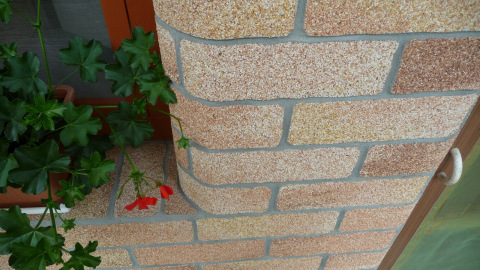
- Textured paint with stone chips. Excellent material, both in quality and in decorative characteristics. In this case, stone crumb performs two functions at once: it fastens the coating and gives it an attractive appearance. The only difficulty is applying this paint, as this requires some experience and knowledge.
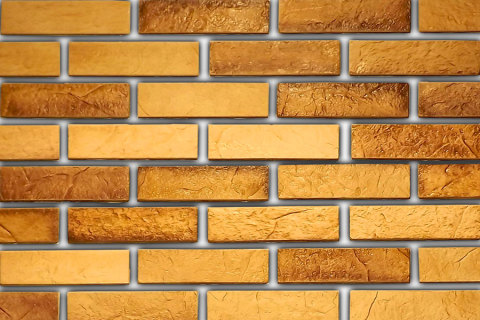
To describe all the features of the listed paints, not a single similar article will be required, therefore, we will present them in the form of a small comparative table that will help to better get acquainted with all the presented types:
| Characteristics | Types of paints | |||
| Water dispersion | Acrylic | Silicate | Textured | |
| Vapor permeability | high | high | high | average |
| Moisture resistant | low | average | high | high |
| UV resistant | low | high | high | high |
| Durability | low | average | high | high |
| Chemical resistance | low | average | average | high |
| Mechanical stability | low | average | high | high |
| External data | low | high | medium | high |
Important! It should be noted that all the indicators given in this table are given only in comparison of the described materials with each other.
Synthetic and chemical dyes
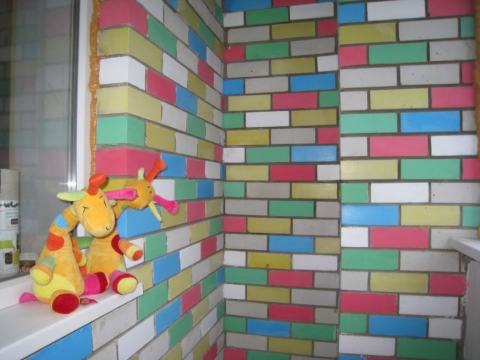
Even if you are an ardent supporter of environmentally friendly materials, do not discount synthetic dyes. In this case, the solvents are only a binder, and completely evaporate after application, therefore, such paints do not carry any health hazard, although during the work they produce sharp unpleasant odors that can even cause allergies.
There are a lot of synthetic dyes, and, as is the case with water-based paints, they differ in both quality and price.
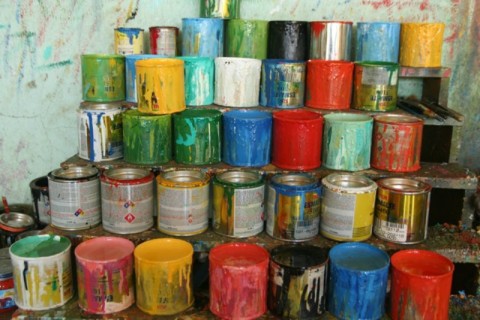
Consider several popular options:
- Oil paint. Known to everyone dye labeled PF. It is highly resistant to mechanical stress and moisture, but at the same time, it has almost no vapor permeability.
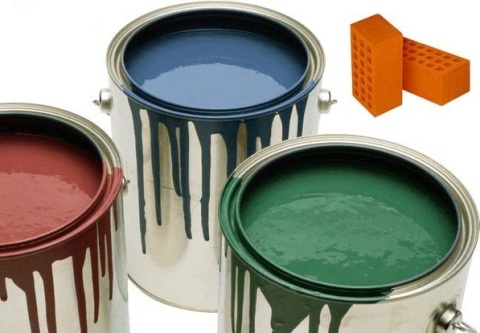
- Latex paint. Synthetic paint based on natural rubber, but with improved performance. Unlike natural rubber, latex paint has a high vapor permeability, but it is able to retain moisture on the surface.
- Alkyd paint. A relatively new material based on alkyd resins. This paint is the most resistant to any natural influences, and perfectly withstands mechanical stress. Of the minuses, one can distinguish a relatively high cost and a certain complexity of application.
- Vinyl paint. Its more precise name is polyvinyl acetate. Paint based on liquid plastic, possessing all its qualities. It is most resistant to all types of impacts on the surface, but it is practically not vapor permeable, which is its main disadvantage.
And again, we will not go into a detailed description of the qualitative characteristics, but will present them in the form of a table:
| Characteristics | Types of paints | |||
| Oil | Latex | Alkyd | Vinyl | |
| Moisture resistant | high | high | high | high |
| UV resistant | average | high | high | high |
| durability | average | high | high | high |
| Chemical resistance | low | high | average | average |
| vapor permeability | low | high | average | low |
| Mechanical stability | average | average | high | high |
| External data | medium | high | high | high |
And in conclusion
In this article, we did not set the goal of answering the question, which paint for brick for outdoor work is better, more reliable and better. You can answer it only after a detailed study of the object on which the work will be carried out.
